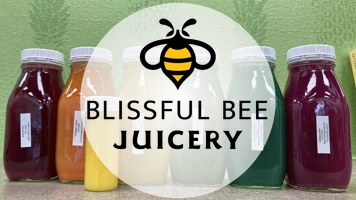I recall a common conversation I had with my children as they were growing up.
“Did you wash your hands?” I would ask my two older kids as they popped into their places at the dinner table.
“Yes,” they usually answered.
“Did you use soap?” I continued. “Yep!” they replied in unison.
One time my then-6-year-old daughter pointed at my son and said, “But he didn’t wash his hands long enough!”
“How long should you wash your hands?” I quizzed.
“We should wash our hands for 20 seconds,” she said before she looked at her brother through narrowed eyes.
My then-9-year-old son gave her an “I’ll get you later” look and trudged back to the sink. I decided I didn’t mind tattling if it meant fewer colds and less flu in our house.
The Centers for Disease Control and Prevention refers to hand washing as the single most important means of preventing the spread of disease. In the mid-1800s, a doctor connected the alarming rate of hospital infections in the maternity ward to medical students who helped deliver babies after taking anatomy lessons in the autopsy room. They didn’t wash their hands.
We’ve learned a lot since then.
In a recent study, researchers examined the results of 30 hand-washing studies done between 1960 and 2007 to learn how much difference soap, water and scrubbing make in maintaining health. After combining the data and analyzing it, they found a 31 percent reduction in gastrointestinal illness and a 21 percent reduction in respiratory illness associated with proper hand washing.
Was antibacterial hand soap better than “plain” soap? Despite all the marketing of antibacterial soap, the researchers reported that antibacterial soap did not make a difference in fighting illness. Plain soap was just as effective.
We also see bottles of hand sanitizer around us. Are they effective? Washing with soap and water is the most effective way to wash hands, but if you are not near a sink, an alcohol-based hand sanitizer works OK if you use enough and let it dry. The hand sanitizer should be at least 60 percent alcohol.
Researchers provided 6,000 children in four states with a gel hand sanitizer to use when entering and leaving their classrooms. School staff tracked absenteeism related to infections (colds and flu). They found a nearly 20 percent reduction in absenteeism among children in the schools using the hand sanitizer.
However, hand sanitizer is not very effective after preparing food (especially if your hands become greasy) or after gardening, camping and fishing. If you are using a hand sanitizer, you need to use enough of it. People often do not use enough or they wipe off their hands before the alcohol dries.
Keep your hands clean as we enter cold and flu season. Be sure to wet them before adding soap. According to research reviewed by the CDC, the water temperature doesn’t really matter in terms of germ removal. However, you might be more inclined to wash your hands if the water temperature is comfortable.
Turn off the tap to save water after you’ve wet your hands. Researchers have not found a concern with the transfer of microorganisms from the faucet handle to your hands. Next, apply regular soap and scrub for at least 20 seconds. Sing the “Happy Birthday” song to yourself twice, then rinse your hands under running water and dry them with a towel or an air dryer.
So wash your hands just like your parents used to tell you.



